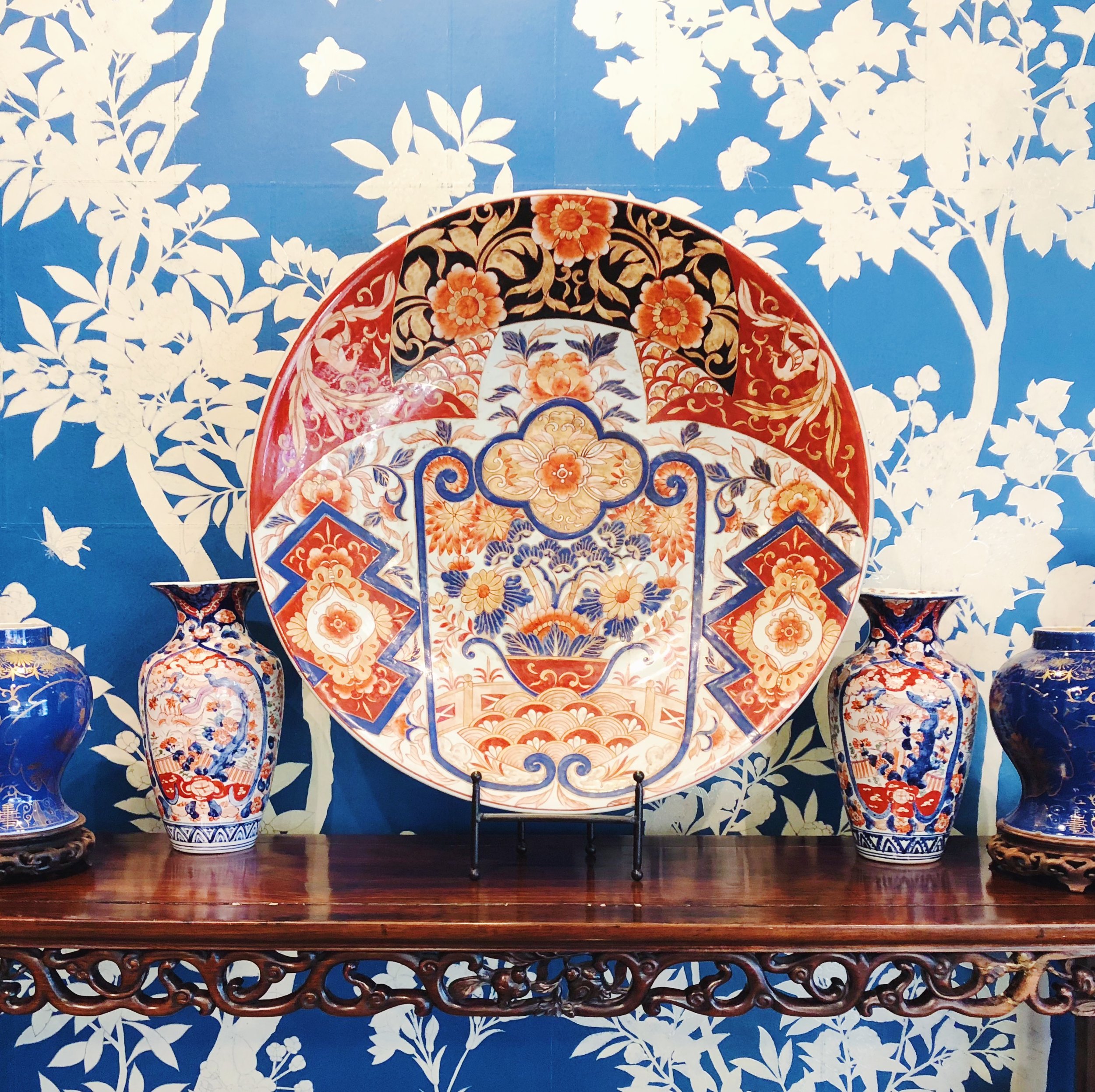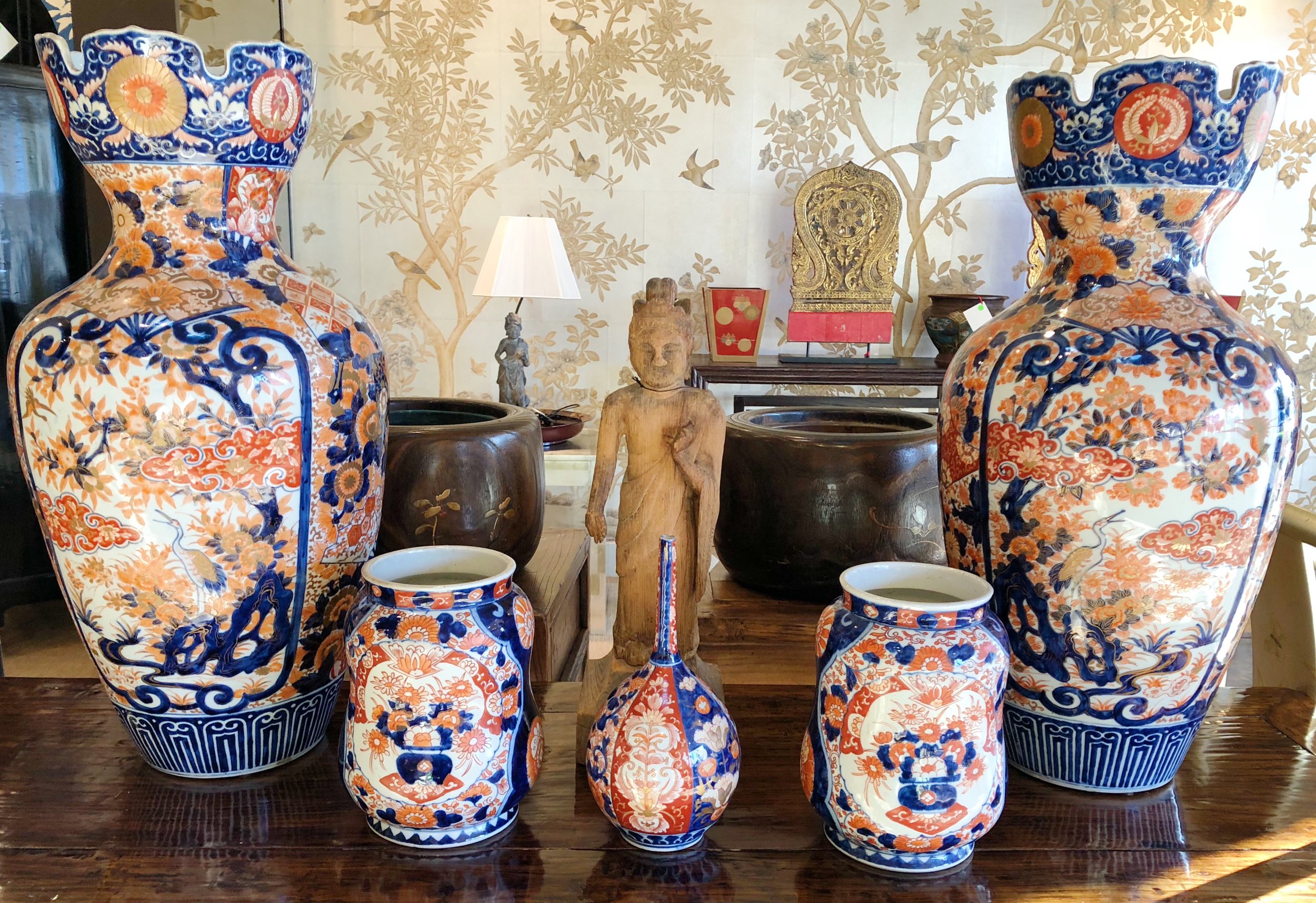Today, you can inexpensively buy tea from China, India, Vietnam, or Africa at your local Dallas grocery store. But when tea was first brought to Britain in the 1600s, it was an incredibly expensive commodity. This is because the Dutch East India Company held a monopoly on the tea trade from China.
Among those who could afford it, tea was popular for its taste, therapeutic quality, and the ceremonial way with which it was prepared. It's understandable that after paying a hefty price for these rare leaves, people would want to store them with special care. This is how the tea caddy came to be.
The First Tea Caddies
Although tea-drinking is strongly tied to British culture today, England was not the first European country to import tea. Catherine of Braganza, a Portuguese princess who married King Charles II in 1661, was accustomed to drinking tea in her home country and asked for it when she arrived. This is believed to be the first time that tea leaves were imported to England. Catherine’s tea-drinking habit quickly became fashionable among England’s aristocratic society.
The word caddy is believed to have come from the Malay word, kati, a unit of measurement roughly equivalent to 1 pound and 4 ounces. The very first tea caddies only had one compartment and were shaped like a bottle. The cap on top was removable and could also be used to measure out the tea. As for the caddies themselves, they were often made of silver, china, enamel, glass, or metal covered with straw-work. Tea caddies made before 1700 had simple designs and are very rare today.
Tea Caddies in the 1700s
For many years, only the wealthiest could afford tea in England, and this is partially due to the tea tax. The tax was initially 199%. In 1784, the Commutation Act was passed to lower the tea tax to 12.5% and make it more accessible to the common folk.
Tea caddies from the 1700s had a lock and paper lining to protect the leaves from moisture. Because it was fashionable to offer both black and green tea to guests, the caddies were often made in pairs, one for each color of tea. Sometimes these tea caddy pairs were stored in a larger tea chest, which also had a bowl for sugar (another expensive commodity at the time). You’ll notice that most tea caddies have a keyhole. Tea caddies were often locked to prevent theft by the wait staff.
Unlike the early bottle-shaped caddies, 18th-century caddies were commonly made of wood, usually mahogany, walnut, or pine. Excavations at Pompeii and Herculaneum inspired designers to use more straight lines, concave and convex shapes, and motifs such as urns, flowers, and festoons.
Designers became more creative with decorating the outside of the caddy as well. Painting, marquetry, and rarely, carving, were used to decorate the wood. More unusual materials for caddies during this time include ivory, tortoiseshell, and papier-mâché.
1800s Tea Caddies
As England was exposed to other cultures, tea caddy makers began to experiment with the traditional forms. Some tea caddies from the early 19th century have 'pagoda' shaped tops or sides that slope upward and taper like the Egyptian pyramids. Another popular design from this period is like a sarcophagus, boxy with a rectangular lid. Many of these caddies also had metal or wooden feet.
19th century tea caddies have less marquetry, as the form of the tea caddy was intended to be striking on its own. The more detailed pieces incorporated brass inlay, floral designs, and penwork. If you search for tea caddies online, you will occasionally come across pear and apple-shaped, single-compartment tea caddies. Tea caddies like these were produced into the early 1800s. These command high prices because of their novelty, and reproductions are often passed off as the real thing.
Tea became increasingly accessible in the 19th century after India entered the tea trade. Loose leaf tea was soon desired by all classes of people, and as demand rose there was pressure on the English government to reduce the tea tax. Naturally, storing tea carefully became less important. In the 1880s, pre-packed tea was finally available in grocery stores. This marks the end of tea caddy production.
What to Look For When You Buy
Once you've identified your favorite styles of tea caddies, you'll want to start searching for them online or in Dallas antique shops. Refurbished tea caddies are common, but most collectors prefer a tea caddy in its original state, patina and all. If you want to avoid refinished or reproduction antiques, look for the following signs of age:
Surface defects such as scratches and dings
Wooden veneers or marquetry on the outside should have faded or changed color due to exposure to sunlight
The lead lining on the inside of the compartments should be flaking off or falling apart
Wear on the base of the caddy
Check the condition of easily-replaceable parts such as feet, handles, and hinges
You can tell that a wooden caddy is authentically from the late 18th century if the wax or turpentine finish has built up a patina. Feeling along the edgings and inlays with your hand, you should notice some unevenness. Often these antiques have been refinished with a glossy polish, but many collectors feel that this ruins the piece.
Today, the rarest kinds of tea caddies are ones made of ivory and tortoiseshell or shaped like wine barrels and fruit. Silver is the most valuable material.
If you're completely new to the world of antique collecting, you might find the prospect of tracking down the best antiques for the best prices daunting. Chambers Interiors has years of experience sourcing tea caddies for numerous clients and can provide you with the perfect piece to suit your tastes. Email us at info@chambersinteriors.com or call our Dallas office at 214-651-7665 for more information.























